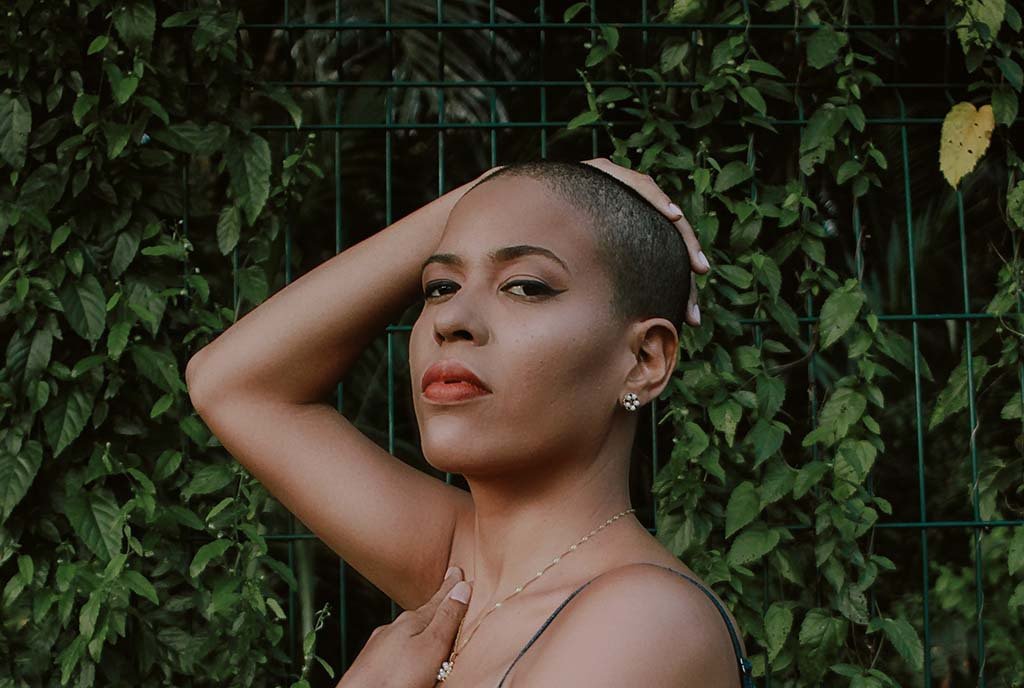
We are providing resiliency to the communities. We are generating power with solar….We need to be more focused on this.
Jonathan Castillo Palanco, Hispanic Federation, Puerto Rico
It has been more than six years since Hurricane Maria devastated the archipelago of Puerto Rico, killing nearly 3,000. Power was not restored to everyone until 11 months after the storm. In its wake, a grassroots movement to create distributed, renewable energy has gained considerable ground.
The logic behind this community movement for distributed, community-owned renewable energy is clear. Not only does expanding renewable energy replace carbon-emitting fossil fuels, but distributing power generation capacity on rooftops offers the promise of a more reliable energy system that is also far more resilient in the face of potential future hurricanes.
Are the lessons of Hurricanes Maria and Fiona being taken to heart? It depends on where you look.
A test of sorts came with Hurricane Fiona in 2022. While Fiona was far less powerful than Maria (a Category 1 storm with winds of up to 90 miles per hour compared to Maria, a Category 4 storm with winds of up to 155 miles per hour), it was strong enough to disrupt power generation.
Charlotte Gossett Navarro, who directs the Puerto Rico branch of Hispanic Federation, a leading philanthropic supporter of distributed renewable energy in the commonwealth, pointed out in an interview with NPQ that during Fiona “locations with distributed solar energy with batteries had power when everyone else did not.”
Public Policy: A Hit and a Miss
Are the lessons of Hurricanes Maria and Fiona being taken to heart? It depends on where you look. Officially, it is now public policy in Puerto Rico to move to 100 percent renewable power by 2050 (with intermediary goals of 40 percent renewable power by 2025—that is, a year from now—and 60 percent by 2040). The federal government has also committed $1 billion to fund solar rooftop energy, with an initial allocation of $450 million announced last July.
But challenges persist. According to a story published by Politico, the actual percentage of renewable energy generated remains in single digits; achieving 40 percent renewable energy by 2025 is well-nigh impossible. Another recent article noted that the $1 billion of federal funds allocated to support distributed rooftop solar pales in comparison to the $5 billion spent on new fossil fuel power and $14 billion spent on rebuilding the centralized grid. Gossett Navarro concurred: “The vast majority of funding is going to that grid infrastructure and…natural gas.”
Jonathan Castillo Palanco, manager of green energy and the environment for Hispanic Federation, estimated in an interview with NPQ that perhaps five percent of electrical power in Puerto Rico comes from rooftop solar today. There is, in short, a long way to go.
Enabling Community Groups to Access Public Funds
When it comes to decisions regarding the expenditure of public funds, there are two distinct key aspects that are the site of regular struggle. One concerns the amount of funds that are allocated. That is what gets most of the press coverage. But a critical second component is how those funds, once allocated, are distributed. The struggle for energy justice in Puerto Rico has involved struggles over both the amount of funding and the funding distribution rules.
The bigger achievement of community groups has had to do with the…process of distribution that they were able to negotiate.First, the amount: Castillo Palanco and Gossett Navarro estimated that the $1 billion allocation for Puerto Rico to provide rooftop solar energy offers sufficient funds to provide solar power for an estimated 30,000 to 40,000 low-income households and people with disabilities. That is a sizeable number, but in a country with over 1.2 million households and, according to the US Census Bureau, a poverty rate of 41.7 percent, at best, one qualifying family in 10 will directly benefit from the expenditure.
Meanwhile, middle-income families, subsidized with tax credits, are adding solar power at a rate that Gossett Navarro estimated is about 3,000 households a month. Again, this is far short of the pace required for the Puerto Rican government to meet its renewable energy generation targets.
Sign up for our free newsletters
Subscribe to NPQ's newsletters to have our top stories delivered directly to your inbox.
By signing up, you agree to our privacy policy and terms of use, and to receive messages from NPQ and our partners.
Gossett Navarro said the $1 billion in secured federal funding was a “win”—clearly, it is the single largest investment made in Puerto Rico to support solar power generation. Still, she conceded that advocates had sought $5 billion, which might have been sufficient to reach nearly half of qualifying families.
For Gossett Navarro, the bigger achievement of community groups has had to do with the how or process of distribution that they were able to negotiate for the first $450 million tranche of that $1 billion allocation. As she explained, in large measure because of past Puerto Rican social movement activism, the process for determining the funding allocation rules was unusually participatory. This included, Gossett Navarro said, “multiple visits from the [US] secretary of energy…to the types of communities that these $1 billion were intended to impact. Very rural communities. Very isolated communities. Speaking with organizations who work with people with disabilities.”
The rules that came out of this process, Gossett Navarro added, accommodated community demands in several ways. One involved changing “match” rules. Federal funding, Gossett Navarro mentioned, “almost always has a significant match. We’ll give you 80 percent of a project and you’ve got [to] raise the other 20 percent on your own.” Such rules, she noted, “make it really difficult for nonprofits, community organizations, or small businesses to engage.” With the rules developed for rooftop solar installation, the match was lowered to five percent. In one category, which concerned consumer education and protection, there was no match requirement at all.
Another rule change, Gossett Navarro added, was to change from a first-come-first-served norm that routinely has favored the well-connected, to an open “solar ambassador” prize competition in which all applications that met the deadline were eligible to receive equal consideration. The prize structure, Gossett Navarro explained, did two things. One of these was that it put “selecting the beneficiaries and helping the beneficiaries apply in the hands of community-based organizations in Puerto Rico, who are already working in those communities. That in and of itself is unique. Instead of an open call, it puts a lot of the responsibility on groups embedded in the community that are supposed to be benefitting from that.”
A second important innovation, Gossett Navarro added, was that making the allocation in the form of a prize “addressed challenges that the smallest organizations and community associations have. Typically, for a federal grant fund, there are all sorts of bureaucratic barriers.” But, she noted, communities that cannot qualify for a grant can still qualify for a prize.
“They have lowered the threshold, changed the structure to a prize, and have designed it in a way where it is not going to be a first-come-first-served program,” Gossett Navarro said, “but a program that will look to see who is most in need, who are the community-based organizations.”
More transparency is still required for Puerto Rican communities to achieve their renewable energy goals.
Power Shift
Both Gossett Navarro and Palanco clearly noted that the struggle for community rooftop solar power is not where they would like to see it. “Everything is beginning to slowly shift to invest more in renewable energy,” Gossett Navarro said. “We could certainly point to where it is not where we want it to be.”
Still, Gossett Navarro insisted, “There is a shift….Before, there was a closed door. It is not an open door, but maybe an open window. There is more opportunity now to engage and to be able to have some greater access.”
Gossett Navarro indicated that more transparency is still required for Puerto Rican communities to achieve their renewable energy goals. “One of the challenges,” Gossett Navarro observed, is that often participation comes “after decisions have been made instead of before decisions are made. We need to see more participation before decisions are made from communities so that can inform public decisions. That’s a shift we are still looking for from the government right here.”
Nonetheless, Gossett Navarro preferred to focus on what has been achieved rather than the ongoing challenges. There is a tendency, she noted, to adopt an attitude of despair in Puerto Rico and focus on the shortcomings. “But sometimes,” she said, “that overshadows where there has been success.”
“For me, renewable energy has been one of those bright spots,” Gossett Navarro added. “When and where we have invested, it is having a direct and immediate impact. There has been success. The needle sometimes moves slowly, but it is moving.”










